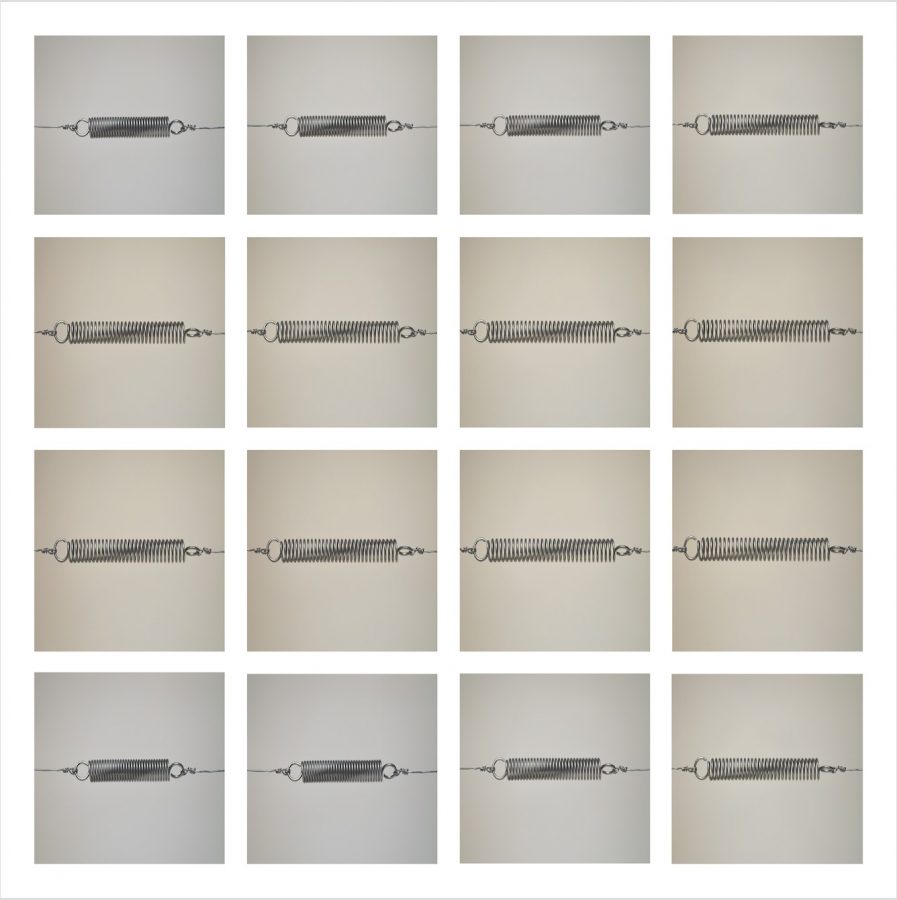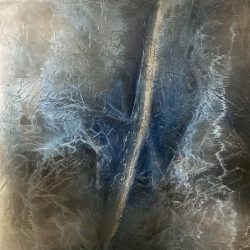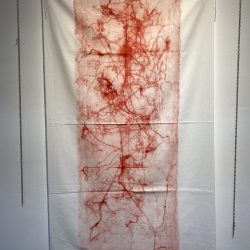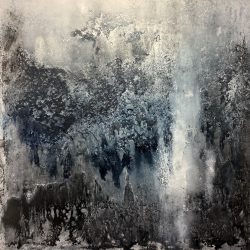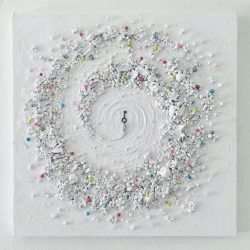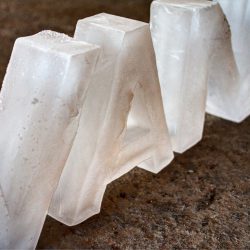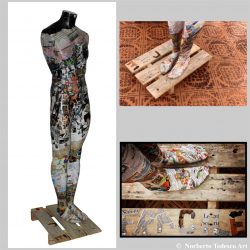work
Resiliente
| category | Photography |
| subject | Abstract |
| tags | resilience |
| base | 40 cm |
| height | 40 cm |
| depth | 0 cm |
| year | 2015 |
The term resilience derives from the Latin "resalio", iterative of the verb "salio", which in one of its original meanings indicated the action of getting back on the boat overturned by the waves of the sea.
It is a term derived from the science of materials and indicates the property that some materials have to retain their structure or to regain their original shape after being subjected to crushing or deformation.
In the recent past, the concept of resilience has also been deepened in the psychological field.
It is the ability of an individual to generate biological, psychological and social factors that allow him to resist, adapt and strengthen himself in the face of a risk situation
It is a trend reversal following a "rebound" as the Latin word "resalio" indicates.
Resilient people are those who, immersed in adverse circumstances, manage, despite everything and sometimes against all odds, to effectively deal with setbacks, to give new impetus to their existence and even to reach important goals. Exposure to adversity seems to strengthen them rather than weaken them.
It is therefore the ability to grasp the "ascents after the daring descents". Where by daring descents we mean those failures that could demoralize and demotivate up to abandonment.
It is also a skill that can be learned and which primarily concerns the quality of living environments, in particular educational contexts, if they are able to promote the acquisition of resilient behaviors.
Training our resilience therefore means constantly asking ourselves a question in the face of life's events: "What is good about what's happening?", Or "What is the best meaning I can attribute to what is happening?"
Applying this principle to a spring, I made a series of 16 photographs arranged on 4 lines; the first 8 photos represent the extended phase of the spring (the spring is stretched and therefore subjected to deformation), the other 8 represent the relaxing phase (the one in which the latter is no longer subjected to this force, returns to its original shape , because it has resilience).
It is a term derived from the science of materials and indicates the property that some materials have to retain their structure or to regain their original shape after being subjected to crushing or deformation.
In the recent past, the concept of resilience has also been deepened in the psychological field.
It is the ability of an individual to generate biological, psychological and social factors that allow him to resist, adapt and strengthen himself in the face of a risk situation
It is a trend reversal following a "rebound" as the Latin word "resalio" indicates.
Resilient people are those who, immersed in adverse circumstances, manage, despite everything and sometimes against all odds, to effectively deal with setbacks, to give new impetus to their existence and even to reach important goals. Exposure to adversity seems to strengthen them rather than weaken them.
It is therefore the ability to grasp the "ascents after the daring descents". Where by daring descents we mean those failures that could demoralize and demotivate up to abandonment.
It is also a skill that can be learned and which primarily concerns the quality of living environments, in particular educational contexts, if they are able to promote the acquisition of resilient behaviors.
Training our resilience therefore means constantly asking ourselves a question in the face of life's events: "What is good about what's happening?", Or "What is the best meaning I can attribute to what is happening?"
Applying this principle to a spring, I made a series of 16 photographs arranged on 4 lines; the first 8 photos represent the extended phase of the spring (the spring is stretched and therefore subjected to deformation), the other 8 represent the relaxing phase (the one in which the latter is no longer subjected to this force, returns to its original shape , because it has resilience).



